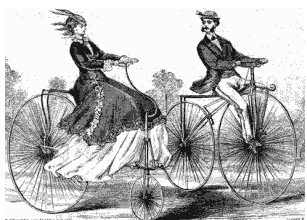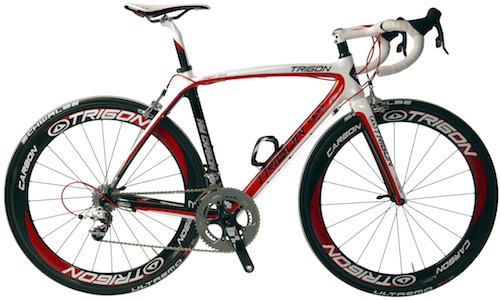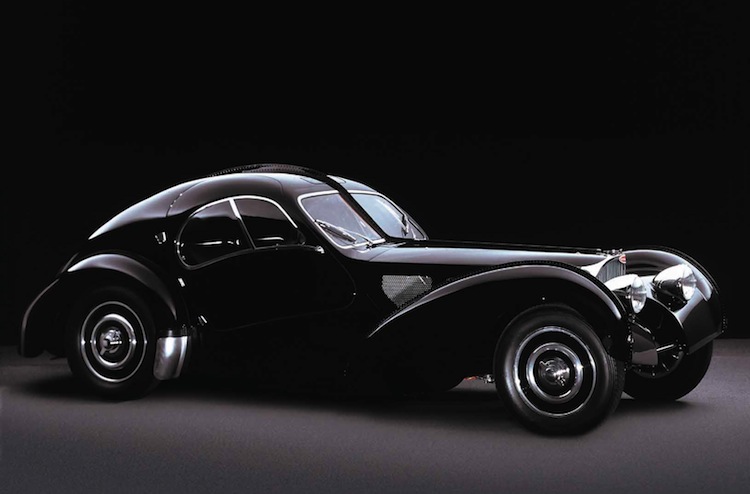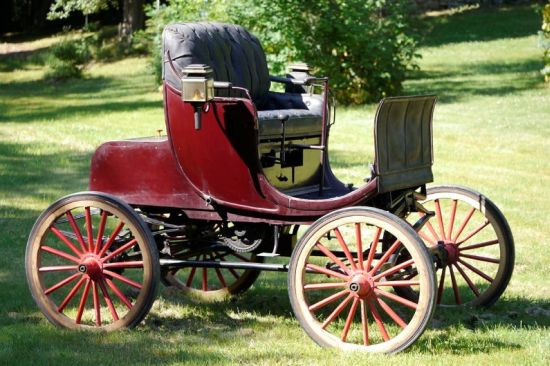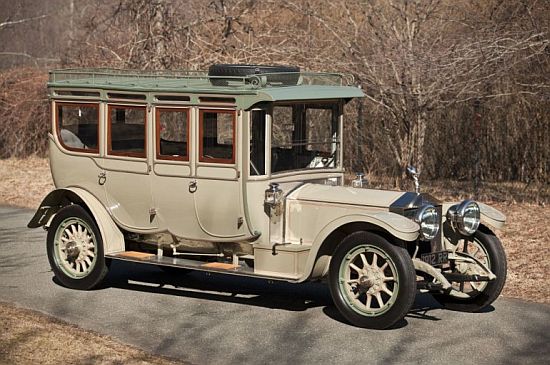The history of bicycles is very vague. Sources often disagree as to the names of the inventors and the dates of their inventions. Leonardo DaVinci sketched a facsimile of the modern bicycle in 1490, which never left the drawing board.
The German Baron Karl Drais von Sauerbronn invented the “Laufmaschine” or “Running Machine”, a type of pre-bicycle. The steerable Laufmaschine was made entirely of wood and had no pedals. A rider would push their feet against the ground to make the machine go forward. Sauerbronn’s bicycle was first exhibited in Paris on April 6, 1818. The celerifere was another similar early bicycle precursor invented in 1790 by Frenchmen, Comte Mede de Sivrac. However, it had no steering.
The name ‘bicycle’ dates from 1869. Various precursors of this machine were known as ‘velocipedes’. A French name dating from the late 18th century.
Some history books state that Pierre and Ernest Michaux, the French father and son team of carriage-makers, invented the first bicycle during the 1860s. Historians now disagree and there is evidence that the bicycle is older than that. However, historians do agree that Ernest Michaux did invent the modern bicycle pedal and cranks in 1861.
The late 1800s ushered in a huge bicycle boom, and people began to experiment with bicycle shapes and styles to suit the varying needs of the rider. Will this bicycle be used for racing or for recreation? How fast will the rider want to go? How comfortable should the rider be while riding? Is this bicycle safe to ride? These questions and many more led people to develop new technologies that would help evolve the bicycle from the high-wheel models seen in early pictures to some of the high-tech racing machines we have today.
In the last decade of the 19th century, at least one-third of all new patent applications at the U.S Patent Office were bicycle related. People focused the changes and improvements they made on what they thought bicycle riders wanted or required. Despite a varying degree of styles and models, four major focuses stood out from the rest: speed, safety, comfort, and endurance. When considering speed, people thought about how fast they wanted to ride their bicycles: is this bike for serious racing, or will it only be used for leisurely riding? Safety and comfort came under scrutiny, and soon after brakes, spokes, and cushion seats were incorporated into the bicycle.
Later, the use of hand-brakes, adjustment of handlebars, and development of special male and female seats added to safety and comfort features. When endurance or durability mattered and long races or distances were involved, the materials used to build the bicycle were retested or it was rebuilt with lighter material to better withstand wear and tear.
Now of course modern bikes are very different and can be custom made to suit the individual. They are fast, light and durable and becoming more popular every day in our crowded urban environments and clogged up roads.

